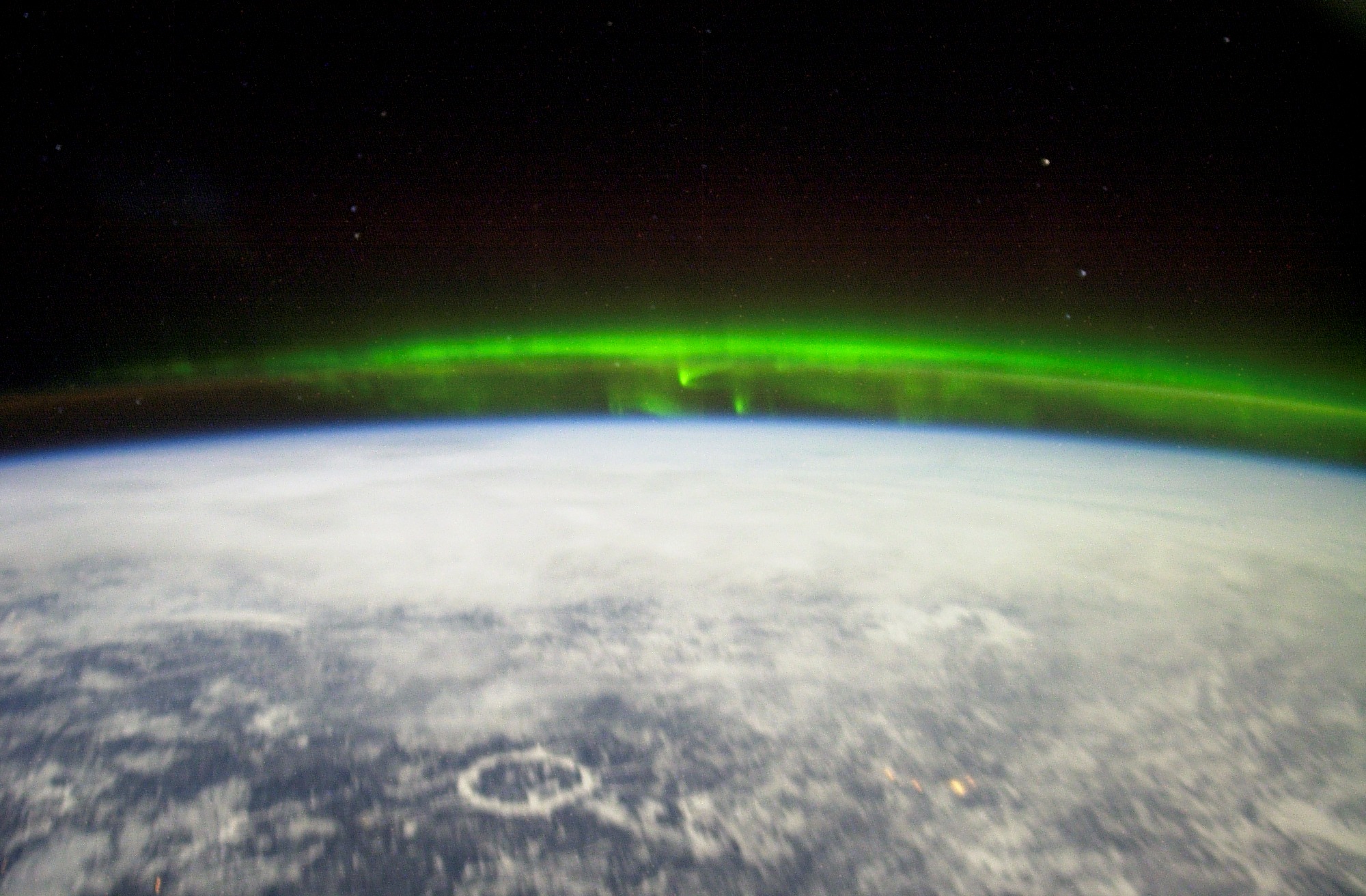UNSW Canberra Space delves into the ionosphere
Between 60 and 1000 kilometres above the Earth’s surface you’ll find the ionosphere – it’s part of the Earth’s upper atmosphere and a bustling destination for satellites.
Between 60 and 1000 kilometres above the Earth’s surface you’ll find the ionosphere – it’s part of the Earth’s upper atmosphere and a bustling destination for satellites.

Between 60 and 1000 kilometres above the Earth’s surface you’ll find the ionosphere – it’s part of the Earth’s upper atmosphere and a bustling destination for satellites.
It’s where most UNSW Canberra Space satellites are destined to find their path and why the team is exploring a phenomenon called ionospheric drag.
The UNSW Canberra Space team are world leaders in ionospheric aerodynamics research. The team has investigated the importance of ionospheric aerodynamics, how charged aerodynamic forces work and how they can be measured.
In a new paper published by the American Institute of Aeronautics and Astronautics, Dr Brenton Smith, Dr Chris Capon and Dr Melrose Brown discuss how ionospheric drag can be used for satellite formation control.
In the ionosphere, the sun’s radiation is strong and it ionises atmospheric particles, essentially electrically charging previously neutral atoms or molecules.
“In space, a spacecraft is in a mixture of neutral particles of the atmosphere and ions and electrons,” Dr Smith said.
“The effect of ionospheric drag, once a spacecraft is charged, is that the drag is stronger than it otherwise would be. So you can actuate satellite formation manoeuvres much more quickly.”
To use ionospheric drag, a spacecraft is deliberately negatively charged using its on-board electrical power system. As the charged spacecraft orbits through the ionosphere, ions are deflected by the electric field surrounding the spacecraft to cause the ionospheric drag.
The team is investigating applications for ionospheric drag, including accelerating the deorbit of a spacecraft and satellite formation control.
The applications of ionospheric drag are a relatively new research topic in the field of space engineering and UNSW Canberra Space is leading the way on this ground-breaking capability.
“If you’re operating in low Earth orbit, you’re operating in the ionosphere,” Dr Smith said.
“It makes sense that if you are using drag to manoeuvre a spacecraft in low Earth orbit to make the most of the ionosphere, rather than leaving your spacecraft neutrally charged and forego the opportunity to increase your drag.”
Low Earth orbit is used for capturing high-resolution images of the Earth and it’s cheaper and easier to access than other parts of space. This makes it an attractive destination for small satellite operators.
With the number of miniaturised satellites expected to double over the next decade, taking advantage of this part of the atmosphere will become even more important.
“The more and more satellites that are launched, the more likely it is that satellites will collide, and that's a big problem,” Dr Smith said.
“So, if you can deorbit and dispose of your satellite quickly, you mitigate the risk for yourself and for others around you.”
In addition to helping with the challenge of space junk, Dr Smith said ionospheric drag can also be used to make space systems more efficient.
He expects to see more satellites working together in constellations on missions such as Earth imaging as the cubesat industry expands.
“In order to nicely distribute your satellites, inherently within that is a need to do formation flying and formation control,” Dr Smith said.
“Our research is really trying to introduce the concept of charging the satellite to increase the drag to make those distributed sensor networks much easier and quicker to establish, minimising the cost of downtime and increasing the uptime of their capability.”
Photo credit: NASA via Wikimedia
Related stories:
UNSW Canberra collaborating on space communications
UNSW Canberra researchers look to the stars
UNSW Canberra spin-off company Skykraft awarded $1 million ACT Government grant